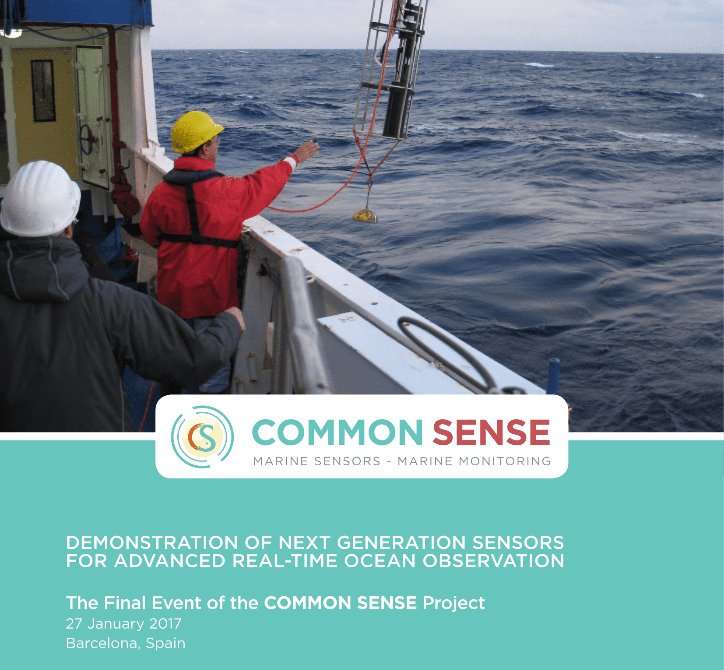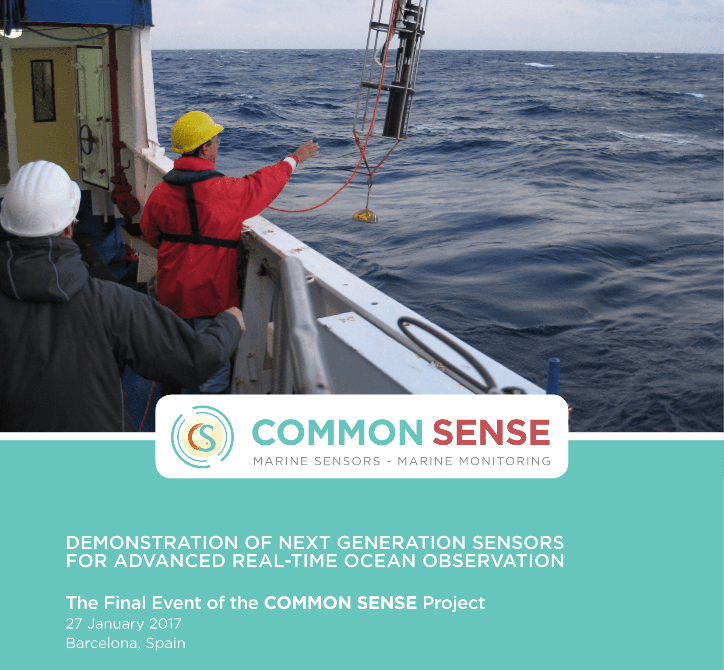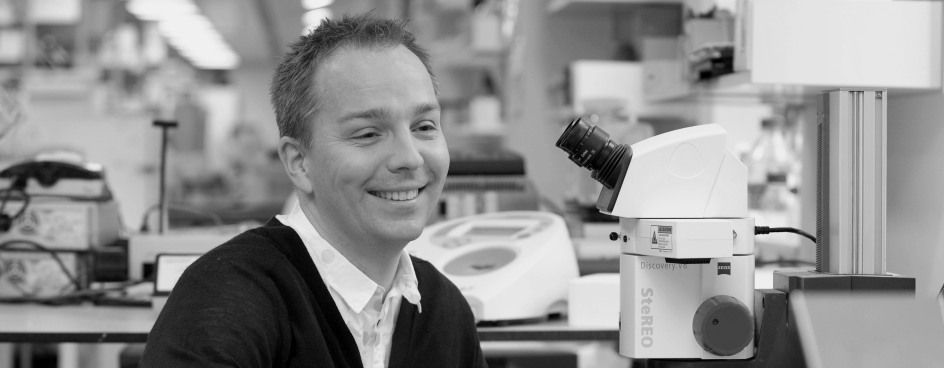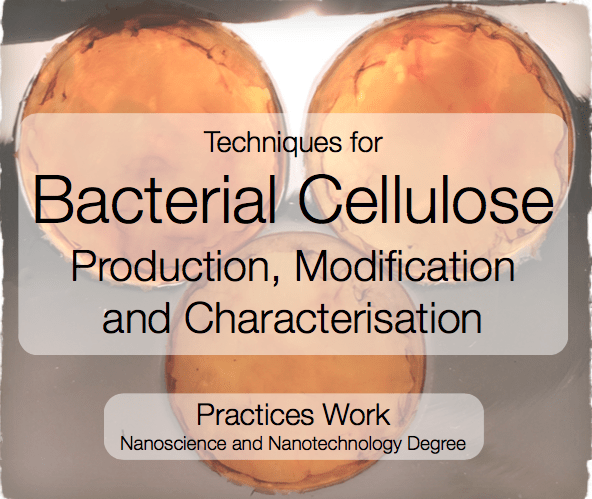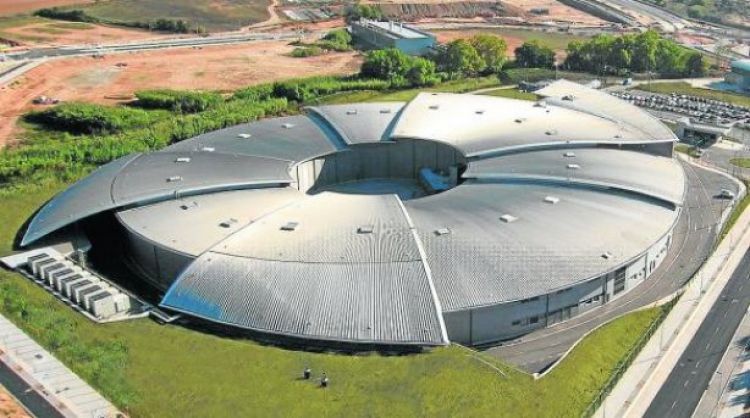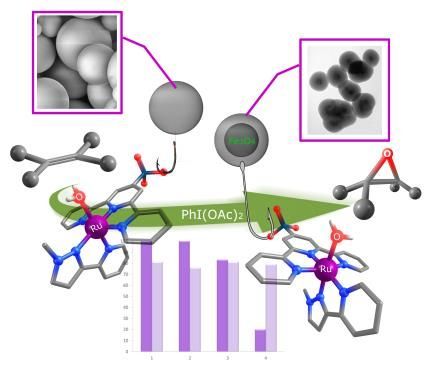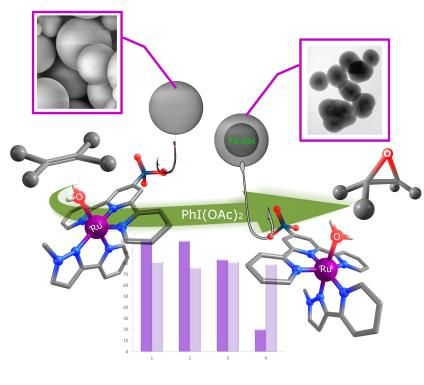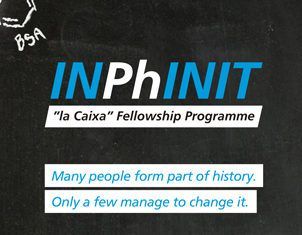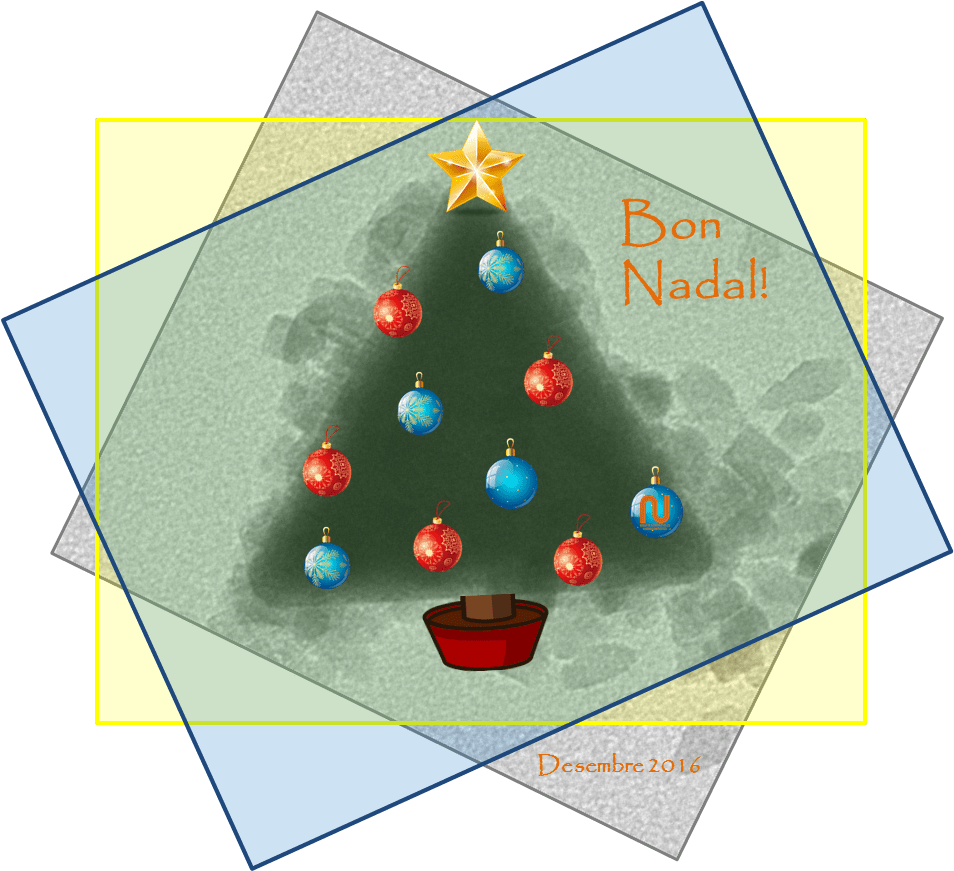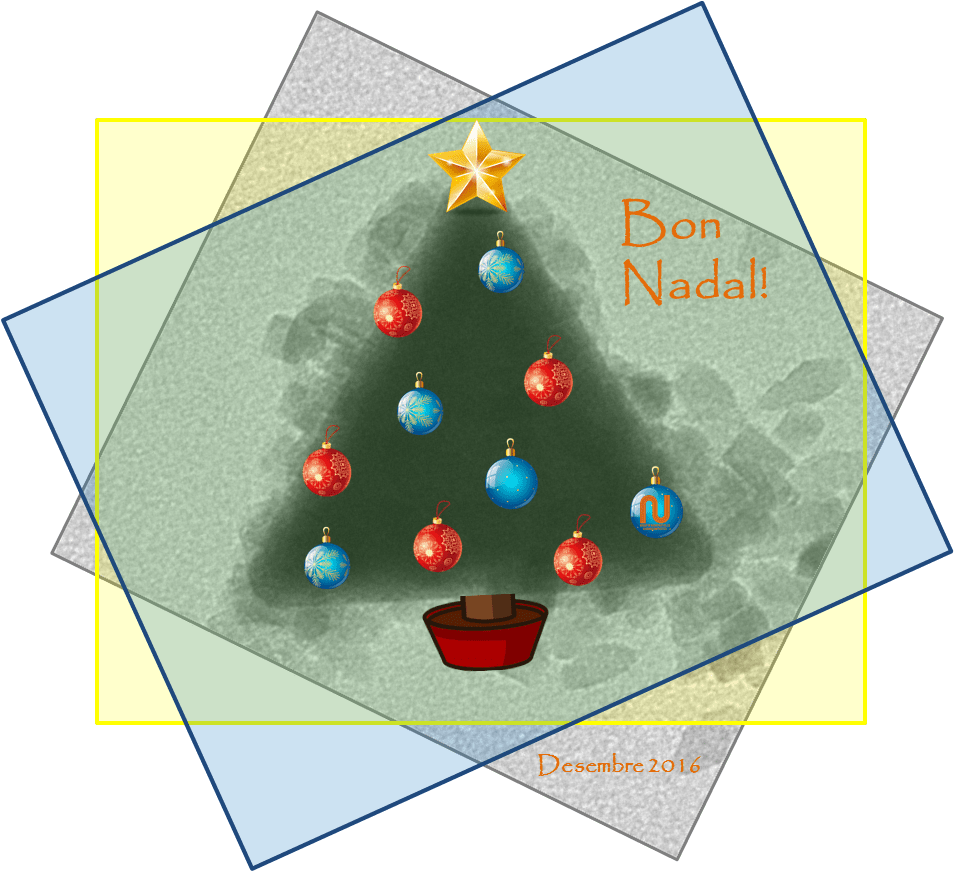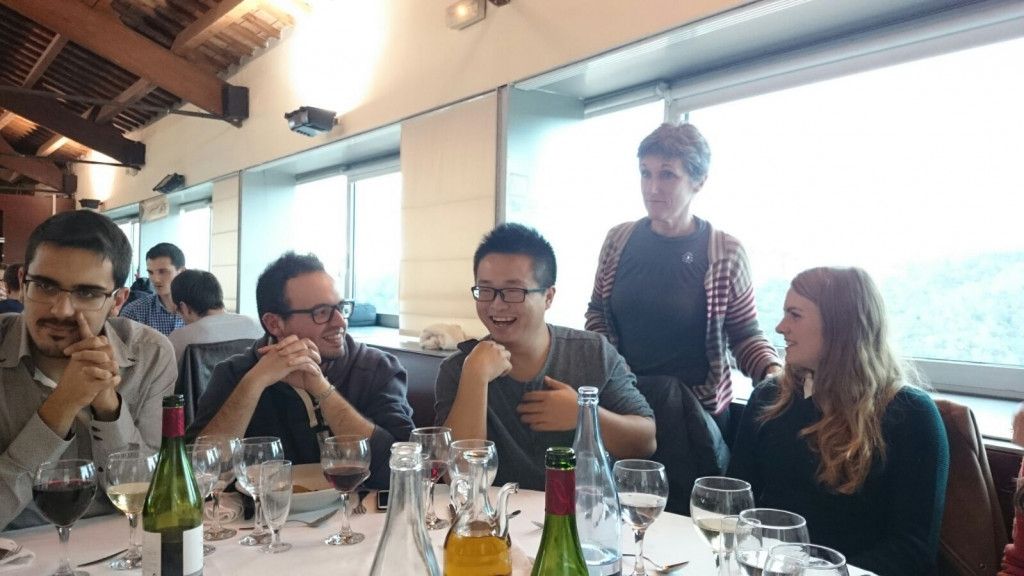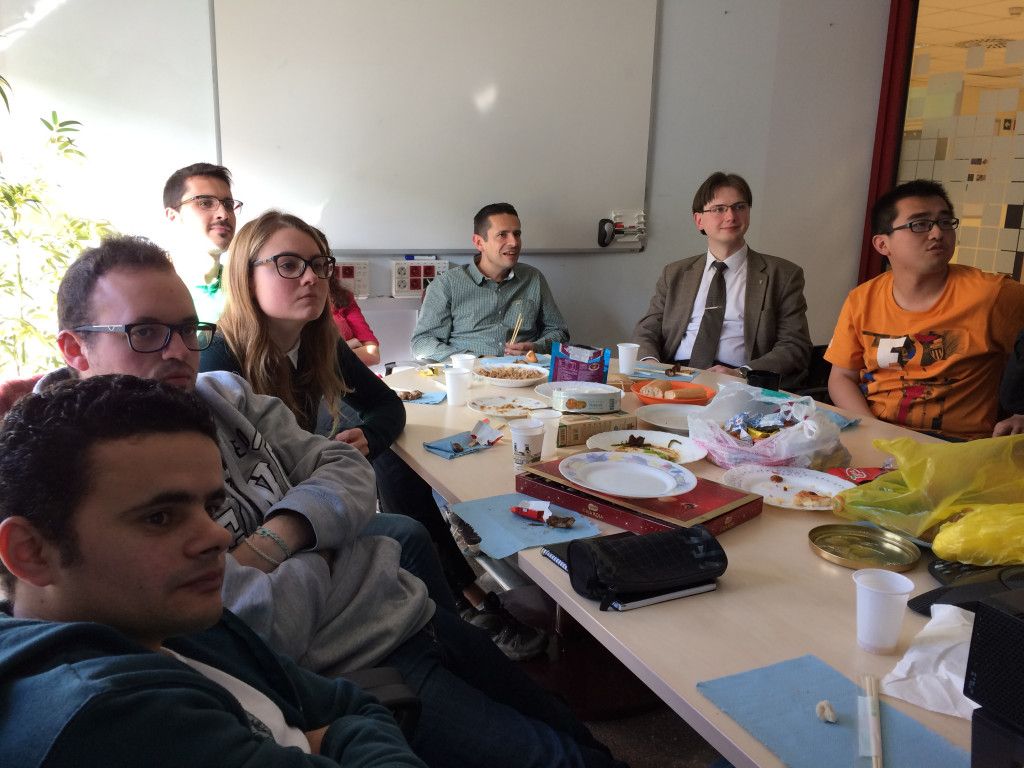Final COMMON SENSE meeting and public event: Next generation sensors for ocean observation.
On Friday, January 27, there will be a public and free event to present the final results of the COMMON SENSE project on “Demonstration of next generation sensors for advanced real-time ocean observation“.
This event will closure the COMMON SENSE project, in which the NN group has actively participated in the development of electrochemical sensors that are able to detect different heavy metals simultaneously.
- Date and time:
Friday, January 27, from 9 am to 5 pm - Location:
Fundació Navegació Oceànica Barcelona (FNOB)
1 Moll de Llevant, 08039 Barcelona (View Map)
Martí Gich and Anna Roig will participate in a previous meeting on Thursday, with the project team, and on Friday on the public event.
Professionals working in the marine environment and citizens curious about the status of our oceans are invited!
The COMMON SENSE project is creating prototypes of next generation in-situ marine sensors to deliver vital information about the oceans. The project directly responds to the requirement for integrated and effective data acquisition systems by developing innovative sensors that will contribute to our understanding of how the marine environment functions. In doing so, COMMON SENSE results can support the implementation of European Union marine policies such as the Marine Strategy Framework Directive (MSFD) and the Common Fisheries Policy (CFP).
As the COMMON SENSE project comes to a successful conclusion, the results will be presented at this final workshop, along with a demonstration of the novel sensors developed and tested during the project.
The COMMON SENSE sensors need less human operation and intervention than current technologies and create standardised data on eutrophication, underwater noise, heavy metals, and marine litter, with a focus on microplastics. Other important parameters considered are temperature, pressure, pH and pCO2.
Download the program
Register for the event

